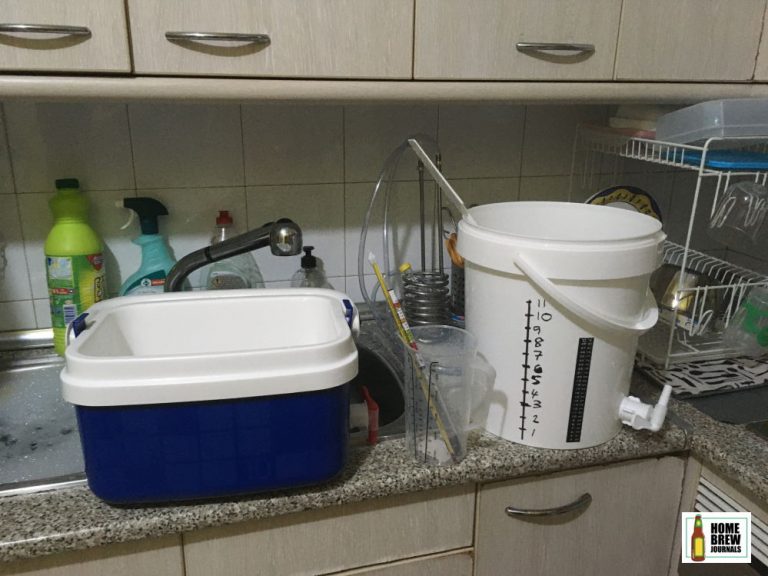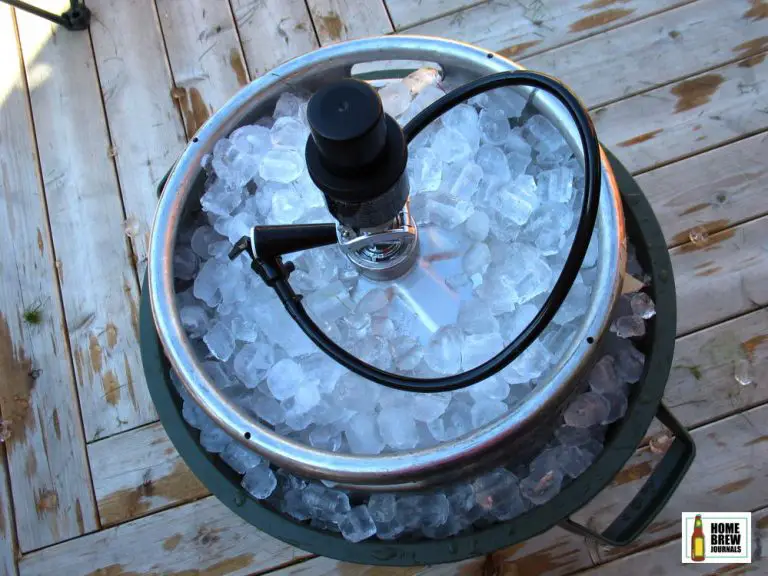Temperature control during fermentation is one of the most critical factors in home brewing and significantly impacts what your beer tastes like. Yeast has a temperature range where it works best. At the higher end of the temperature range fermentation is more vigorous. If the yeast gets too cold, it may stop fermenting all together.…
Category: Homebrew Articles
Do Beer Finings Kill Yeast?
Finings are added to beer during the brewing process to help prevent it from being cloudy. They work by attaching themselves to protein molecules and yeast cells, causing them to sink to the bottom of the brew kettle or fermenter. Depending on the fining agents used, they are added either during the boil or in…
What Is A Trappist Beer? What Does Trappist Beer Taste Like?
Beer has been brewed in monasteries since the middle ages and, although they didn’t actually invent beer, it’s fair to say that monks played an important part in the development of beer as we know it. Medieval abbeys were basically self-sufficient and, in addition to praying, the monks used to work long hours in the…
What is Brewing Efficiency & How Is It Measured?
Most all-grain beer recipes published online and in homebrew books mention brewing efficiency or brewhouse efficiency. But what is brewing efficiency and how is it measured? Brewing efficiency is the quantity of sugar in the wort divided by the total amount of sugars which were potentially available in the grain expressed as a percentage. For…
11 Items A Home Brewer Can’t Live Without (No. 7 is a must!)
One of the great things about homebrewing is that there’s very little special equipment needed to get started. Apart from a fermenting bucket, airlock and no-rinse sanitiser, you can mostly get by with equipment that you already have in the kitchen. Most beginner homebrewers start by purchasing a homebrew kit which includes all the essential…
How To Keep A Keg Cold Without A Kegerator (Tailgating, Weddings)
Whether you’ve bought a keg for a party or brew your own beer at home, if you want to serve draught beer on tap you’ll need to find a way to keep the keg cold. Most homebrewers store their kegs in a kegerator which is basically a refrigerator that has been specially designed to dispense…
Can You Ferment Cider Too Long? | Cider Fermentation Timeline
Fresh apples are made up of approximately 85% water and 10% fermentable sugar. They also contain yeast which means that to make cider, you simply need to extract the juice and leave it in a clean container away from sunlight to ferment. Traditional craft cider made using naturally occurring wild yeasts takes two to three…
How Long Does It Take To Make A Craft Beer? (Steps & time scales)
One of the first things that my friends ask me when they try my homebrew, after the inevitable question of ABV, is how long it takes to make craft beer. I tell them that it usually takes around four weeks from start to finish. I then point out that most of the activity occurs on…
Home Brewing Laws UK (Read before starting homebrew)
Homebrewing is booming in the United Kingdom, and many of us have been inspired to try and craft our own beer without giving much thought to rules and regulations. The UK is relatively laid back on its laws surrounding home brewing. There’s no limit to the amount of beer or wine that you can make,…









